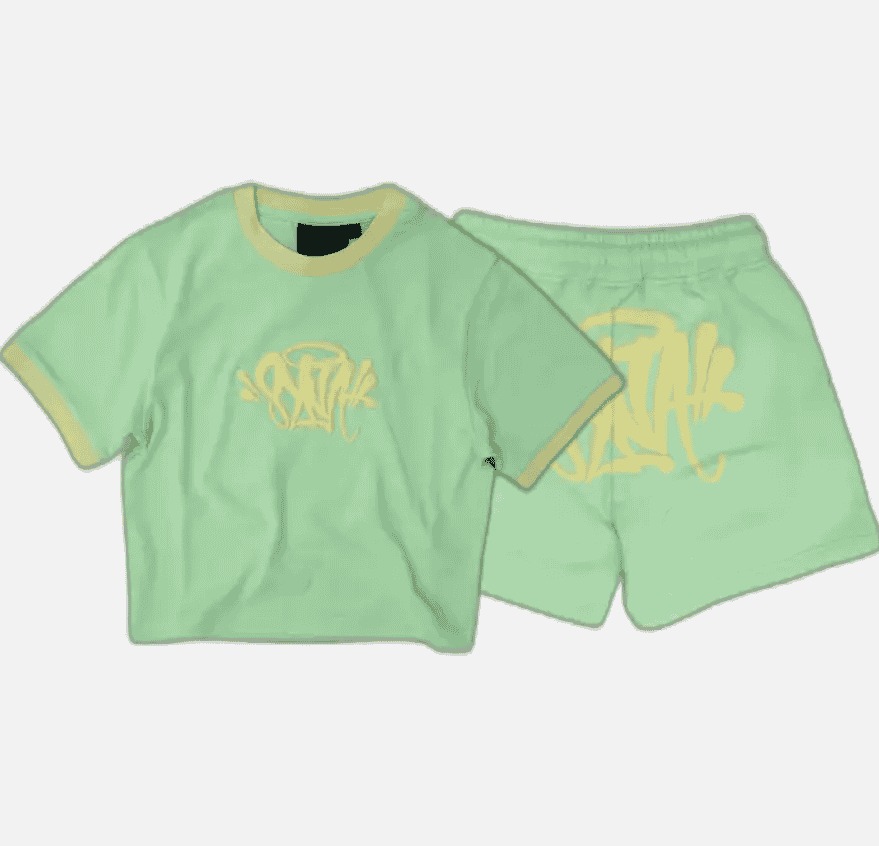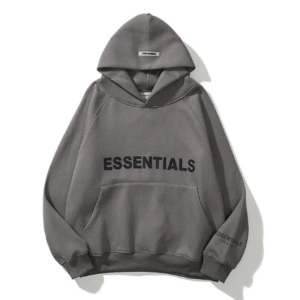Introduction
As pet owners, ensuring the health and happiness of our dogs is always a top priority. One of the most discussed topics in dog nutrition today is grain-free diets, specifically zero grain dog food. Many dog parents are exploring grain-free options, believing they offer superior health benefits compared to traditional dog foods. But is this type of diet suitable for every dog? In this article, Pets World will explain the concept of zero grain dog food, its potential benefits, and the risks you should consider before making a switch.
What is Zero Grain Dog Food?
Zero grain dog food, also commonly called grain-free dog food, is a type of diet that excludes grains such as wheat, corn, rice, and barley. Instead, these foods are usually formulated with alternative carbohydrate sources like sweet potatoes, peas, lentils, or chickpeas. High-quality protein sources, such as chicken, beef, fish, or lamb, remain the primary ingredient.
Grains have traditionally been used in dog food as a source of energy, fiber, and protein. However, some dogs may have sensitivities or allergies to grains, prompting many pet owners to explore grain-free diets. Advocates of zero grain dog food claim that eliminating grains can help reduce digestive issues, support a healthy coat, and even improve energy levels.
Health Benefits of Zero Grain Dog Food
- Improved Digestive Health
Dogs with grain sensitivities often experience digestive discomfort, including bloating, gas, diarrhea, or vomiting. By removing grains, zero grain dog food can reduce these issues and provide a gentler alternative for sensitive stomachs. Ingredients like sweet potatoes and lentils offer fiber and essential nutrients while being easier for some dogs to digest than traditional grains. - Reduced Allergies
Food allergies in dogs are more common than many people realize. Grain proteins, particularly wheat, are a known allergen for some dogs. Switching to a grain-free diet may help alleviate symptoms such as itching, skin irritation, and chronic ear infections. Pet owners have reported visible improvements in their dogs’ skin and coat health after making the switch to a zero grain diet. - Weight Management and Energy
Some dogs may benefit from the higher protein and moderate carbohydrate content found in zero grain dog food. Protein-rich diets can help build lean muscle, maintain energy levels, and support a healthy metabolism. Additionally, the use of complex carbohydrates like sweet potatoes helps maintain steady energy without spiking blood sugar levels, which is particularly beneficial for overweight dogs. - Supports Overall Vitality
Many advocates of grain-free diets report improvements in their pets’ overall vitality, including shinier coats, stronger nails, and increased activity. While every dog is unique, proper nutrition tailored to their needs can enhance long-term health and wellbeing.
Potential Risks of Zero Grain Dog Food
While the benefits of zero grain dog food can be significant, it’s equally important to consider potential risks before switching your dog’s diet.
- Nutritional Imbalance
One concern with some grain-free diets is that they may lack essential nutrients if not formulated correctly. Dogs require a balanced diet that includes vitamins, minerals, and amino acids. Choosing a reputable brand that meets AAFCO standards is critical to ensure your dog receives complete nutrition. - Heart Health Concerns
In recent years, studies have raised concerns about a possible link between grain-free diets and canine dilated cardiomyopathy (DCM), a serious heart condition. While the exact cause is still under investigation, the FDA has noted that some cases of DCM occurred in dogs consuming grain-free foods with certain ingredients, like peas, lentils, or chickpeas, as primary sources of protein. This does not mean all grain-free foods are unsafe, but it underscores the importance of consulting a veterinarian before making dietary changes. - Higher Cost
Grain-free dog foods are often more expensive than traditional dog foods. Premium ingredients, specialized formulations, and marketing as “healthier alternatives” contribute to higher costs. While this may be a worthwhile investment for dogs with sensitivities or allergies, pet owners should carefully weigh the benefits against the expense. - Digestive Transition
Switching a dog from a traditional diet to zero grain dog food should be done gradually. Abrupt changes can cause gastrointestinal upset, including diarrhea or vomiting. A slow transition over 7–10 days allows the dog’s digestive system to adapt and reduces the risk of discomfort.
Tips for Choosing the Right Zero Grain Dog Food
- Check Ingredients Carefully: Look for real protein sources listed as the first ingredient. Avoid foods with fillers or artificial additives.
- Consult Your Veterinarian: Especially for dogs with pre-existing conditions or specific dietary needs, professional guidance is crucial.
- Observe Your Dog: Monitor your dog’s energy, coat, digestion, and overall behavior after switching diets to ensure they respond well.
- Balanced Nutrition: Ensure the food meets all nutritional requirements, including vitamins, minerals, and fatty acids.
Conclusion
Zero grain dog food can offer a range of benefits for dogs, particularly those with food sensitivities or allergies. From improved digestion to a healthier coat and better energy levels, grain-free diets can be a positive option when carefully selected and monitored. However, potential risks such as nutritional imbalance, heart health concerns, and cost should not be overlooked.
At Pets World, we believe that every dog is unique, and their diet should reflect their individual health needs. Before transitioning your pet to a grain-free diet, it’s essential to research, consult your veterinarian, and observe how your dog responds. When done thoughtfully, zero grain dog food can be an effective way to enhance your dog’s health and well-being, helping them live a longer, happier life.




